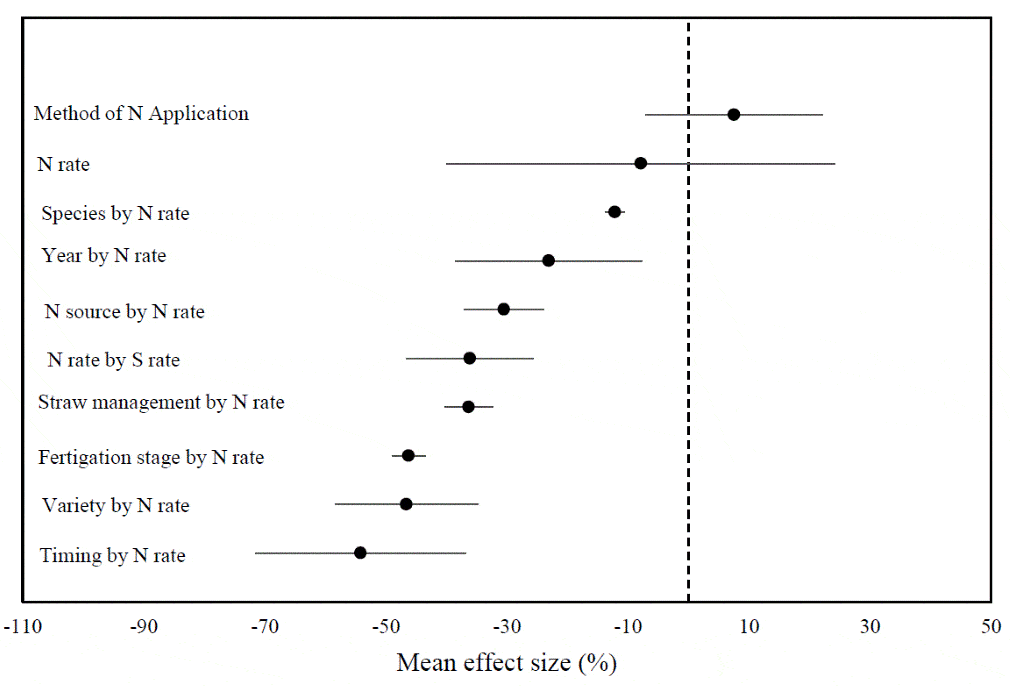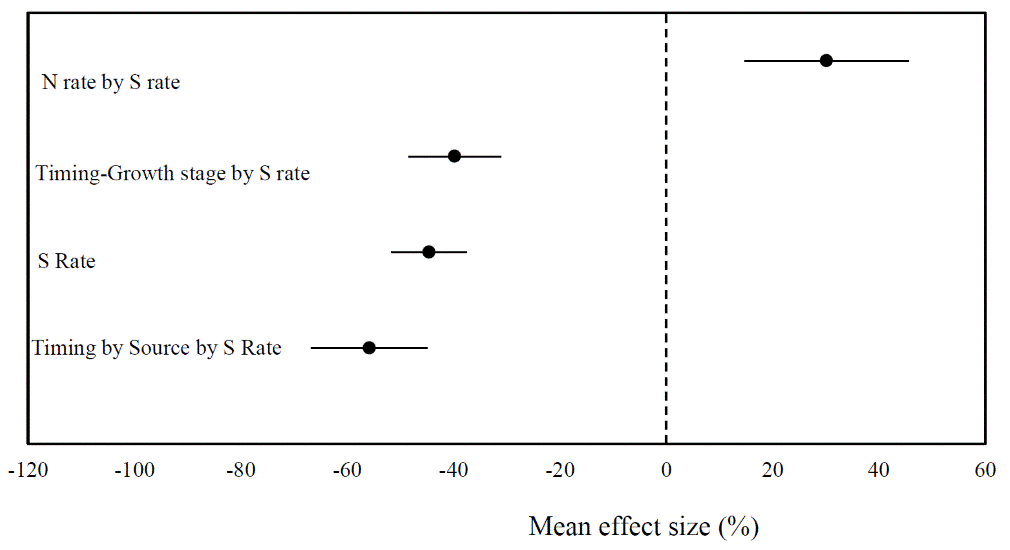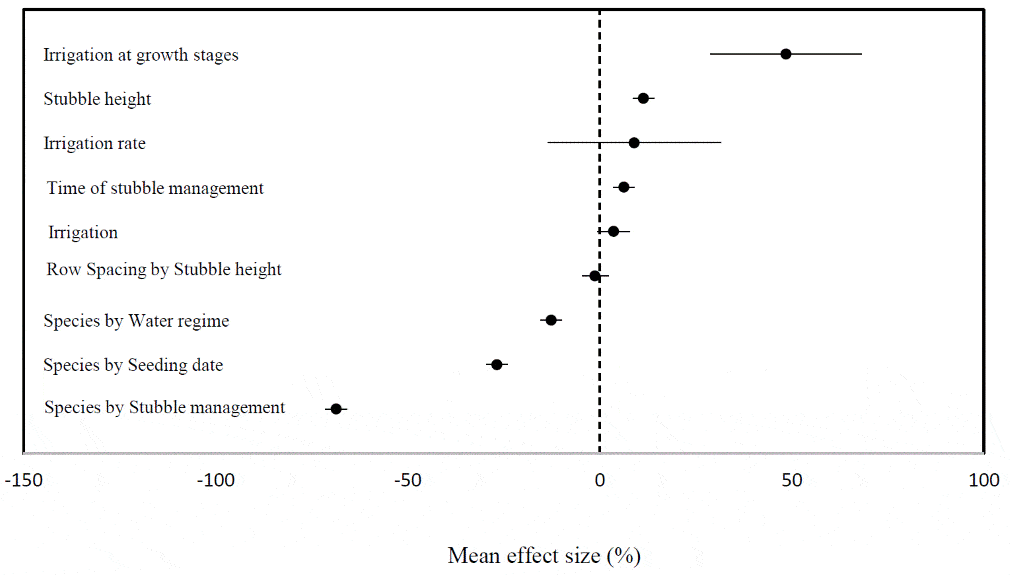Key Result
Split applications of nitrogen were beneficial when moisture was available and the risk of leaching was present, that spring applied urea and controlled release urea resulted in greater nitrogen use efficiency (NUE) than fall applied nitrogen, and that some genetic diversity for NUE exists and may allow for selection of greater NUE in newer varieties. It was also noted that fewer sulphur deficiencies are observed when soil organic matter is higher and that sulphur leaching can occur on coarse textured soils. In addition to phosphorous being required early in the growing season, it was also found that phosphorous availability can be limiting even if soil is adequate and that phosphorus uptake can be enhanced by NH4 applications.
Finally, it was reported that water use efficiency (WUE) of canola can be enhanced by planting early when evapotranspiration is reduced, when conditions are good for rapid canopy close, and by delaying initial irrigation. If irrigation is available, the greatest WUE is observed when irrigation is maintained between emergence and pod fill, although irrigation prior to canopy close does not improve WUE.
Project Summary
Improving nutrient and water use efficiencies through optimizing field management practices are essential strategies to increase economic and environmental sustainability of the canola production industry in North America. The objective of this study was to review recent research publications and quantitatively assess the impact of field management practices on the efficiency of water and selected macro-nutrients (nitrogen, phosphorous and sulphur) in canola and to identify the most effective cultural practices for improved efficiencies. For this, a meta-analysis was performed using 730 comparisons extracted from 24 peer-reviewed publications.
Results showed that, overall, the addition of nitrogen (N) and sulfur (S) inputs in studies across North America had a negative impact on nitrogen use efficiency (NUE) and sulphur use efficiency (SUE) as compared to corresponding controls. Among the nine field management practices evaluated, only a study combining N source, placement, and timing improved NUE marginally (7.5%). Among the four sulfur management combinations analyzed, only applying N with S fertilizer led to a significant increase in SUE (30%). The use of S in SO4 form in combination with an appropriate N source is an effective strategy for improved SUE in canola.
Among the nine water management combinations reviewed, three management practices, namely irrigation at defined growth stages (48.5%), maintaining stubble height (11.4%) and time of stubble incorporation (6.3%) had a significant positive impact on water use efficiency (WUE). Maintenance of adequate soil moisture conditions throughout reproductive development of the canola crop through supplementary irrigation and/or stubble management is important for improved WUE. The effects of supplementary irrigation (3.6%) and irrigation rate (9%) were marginal, but also positive. Phosphorus use efficiency was excluded from our meta-analysis, due to a lack of sufficient publications related to canola in North America.
The lack of positive impacts of many management practices on NUE, SUE and WUE suggest that further research is required on the integration of canola genotypes with improved nutrient and water use efficiencies and effective management practices to improve economic sustainability in North America. Development of new canola genotypes with desirable traits associated with nutrient uptake and drought tolerance may play a key role in this endeavour.








